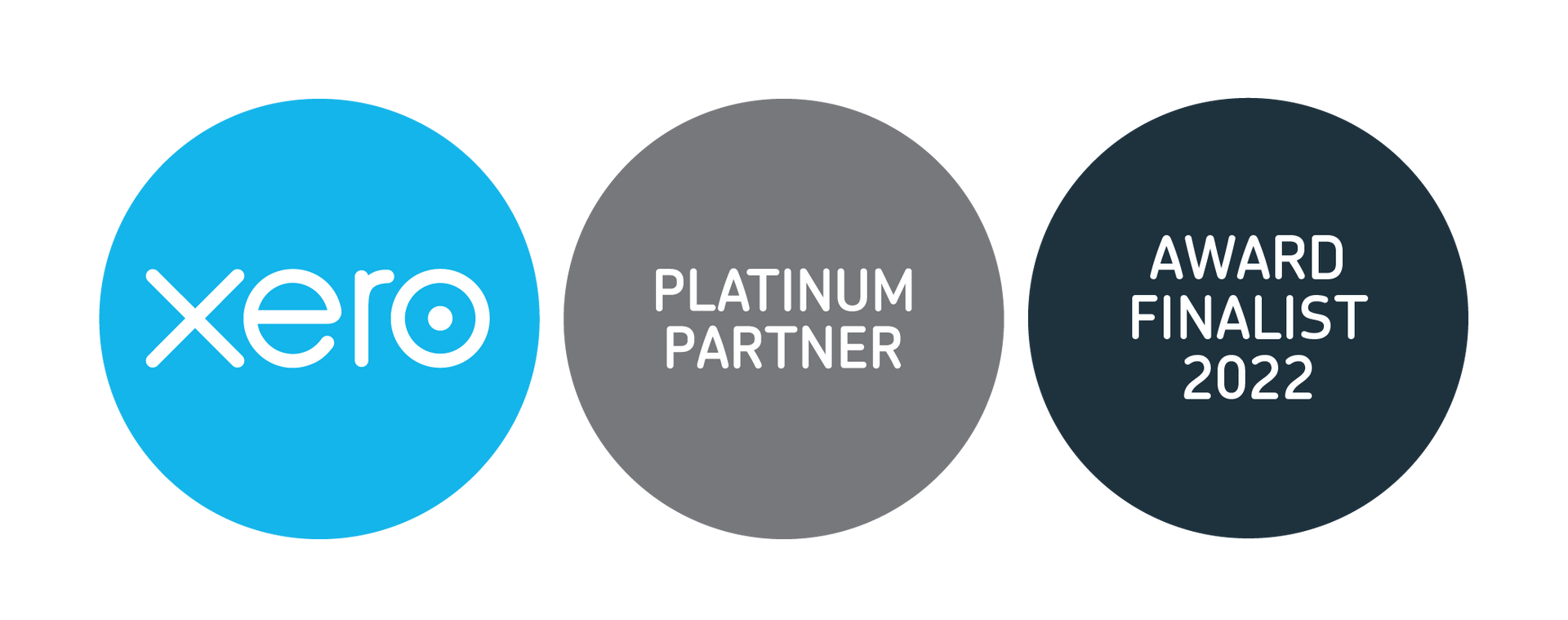Tips for Improving Sustainability in Your School Community:

In today's world, where environmental consciousness is increasingly vital, schools have a crucial role to play in fostering sustainability. Embracing eco-friendly practices not only benefits the planet but also offers a great opportunity for schools to save money. By implementing strategic measures, educational institutions can simultaneously reduce their environmental footprint and trim operational costs.
Below, we have compiled some basic tips to help you improve sustainability within your school community. Whether you choose to implement just one of the suggestions below or more, every action counts and can make a significant difference.
Reduce Paper Waste:
Paper is one of the most consumed materials in a school, so it is important to promote the reduction of paper consumption as much as possible, not only by students, but also by teachers and administrative staff.
Increasing use of e-books is a great option, reducing waste and reducing the weight of student’s backpacks. Encouraging reusing paper – writing on the blank side of new pieces of paper, and buying recycled or upcycled paper are a great way make progress with the tools we currently have. In some cases, there may really be no option other than to print, but where possible, printing back to back can help to reduce waste.
Encourage Creative Recycling Projects:
Knowing how to reuse objects and materials is extremely important to reduce waste and encourage resource recovery. An idea around this is to organise creativity workshops at school, where projects can be developed using recycled materials such as plastic bottles, glass jars, newspaper, various containers, and many other materials.
Energy Efficiency Practices:
Energy efficiency is not as arduous as it sounds. Turn off school lights and shut down your computers at the end of the day. Keep your classroom doors shut to stop heat escaping and do not block heaters. Check the energy consumption of your appliances and make it a major consideration when buying new ones and always purchase energy efficient light bulbs.
For creating environmentally friendly classrooms, make sure they are well insulated and use sustainable materials for repairs and re-building. These are all incremental steps which ensure overall sustainability in your school.
Reduce Water Consumption:
Reduce water consumption by fixing leaks promptly, installing low-flow faucets and toilets, and implementing water-saving practices such as collecting rainwater for landscaping.
Consider Investing in Energy Efficient Technologies:
Investing in energy-efficient technologies, such as LED lighting and smart thermostats, can reduce electricity consumption and lower utility bills over time.
Encourage Waste Reduction:
Encourage waste reduction and recycling initiatives by providing recycling bins throughout the school, composting organic waste, and promoting the use of reusable materials and containers. Promoting waste reduction through recycling programs and composting can minimise disposal costs while diverting waste from landfills












